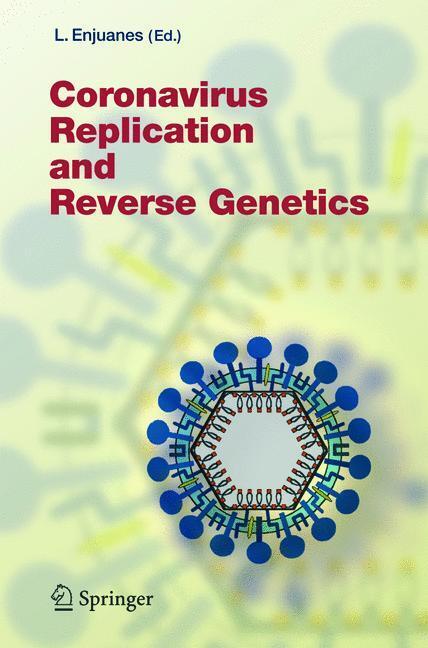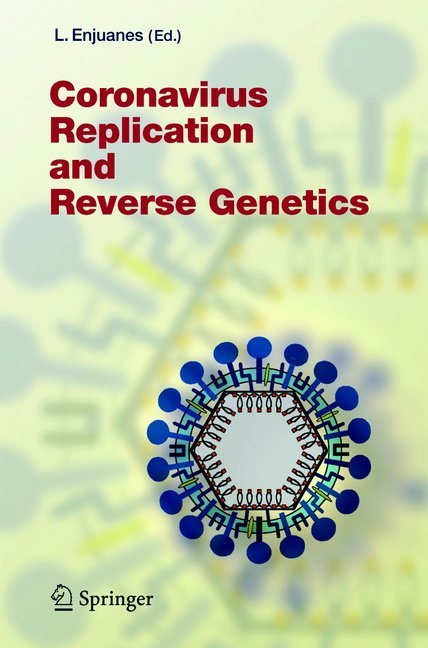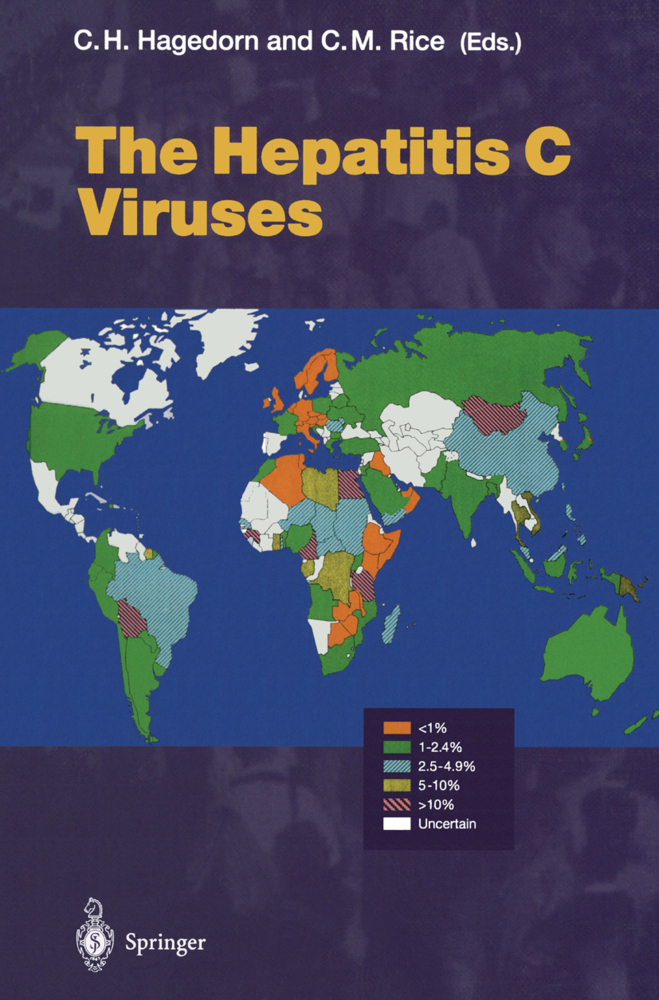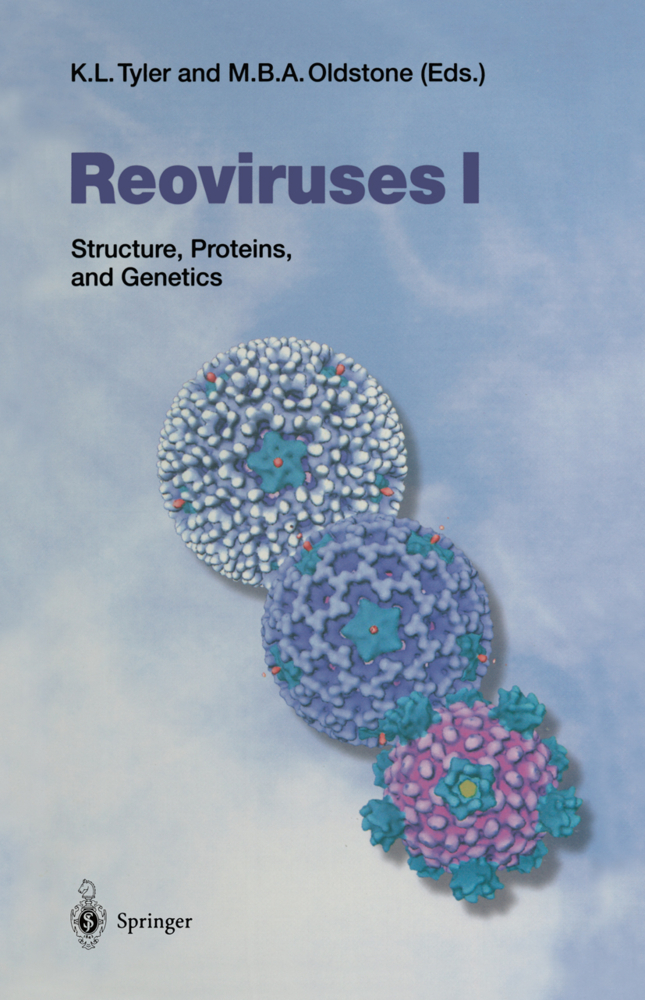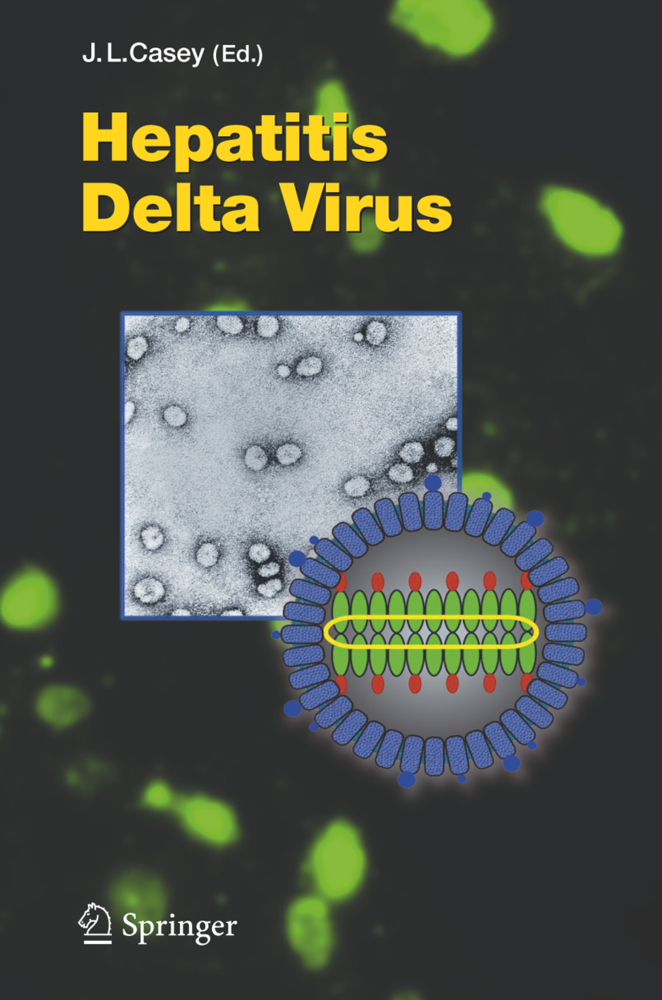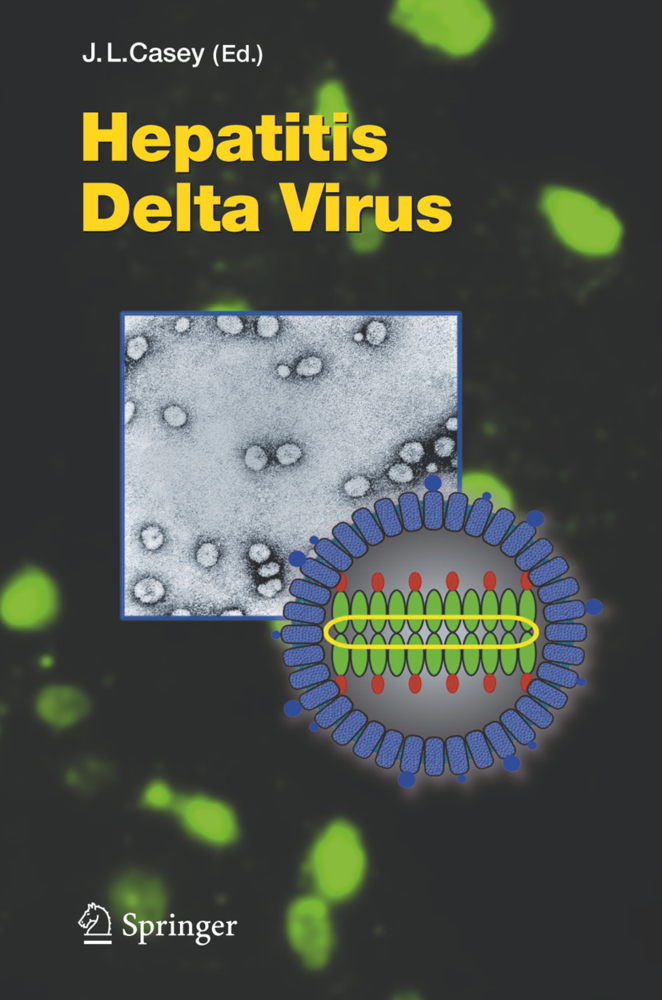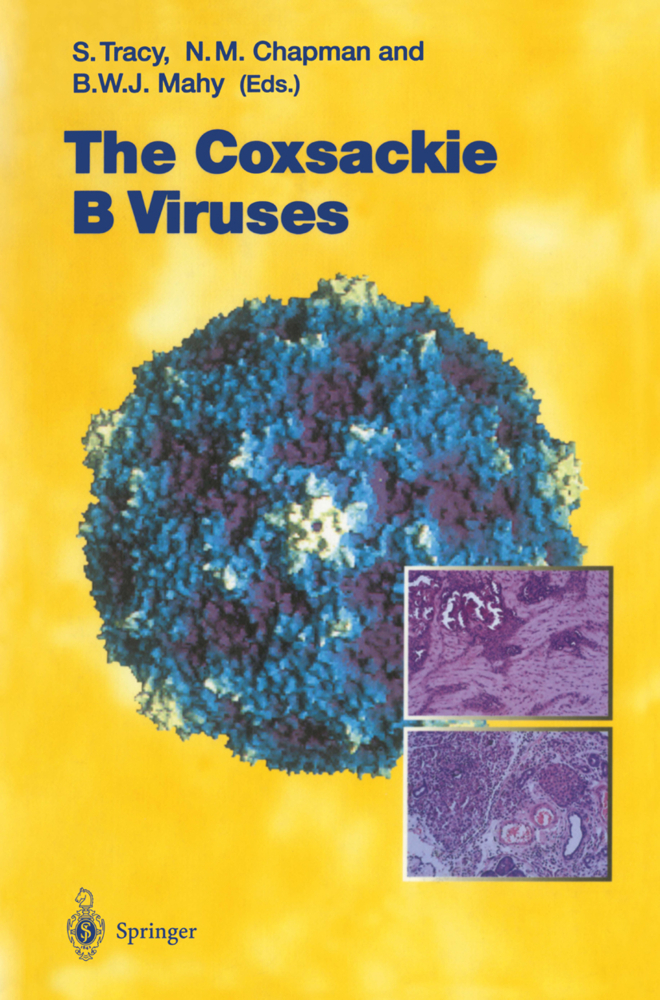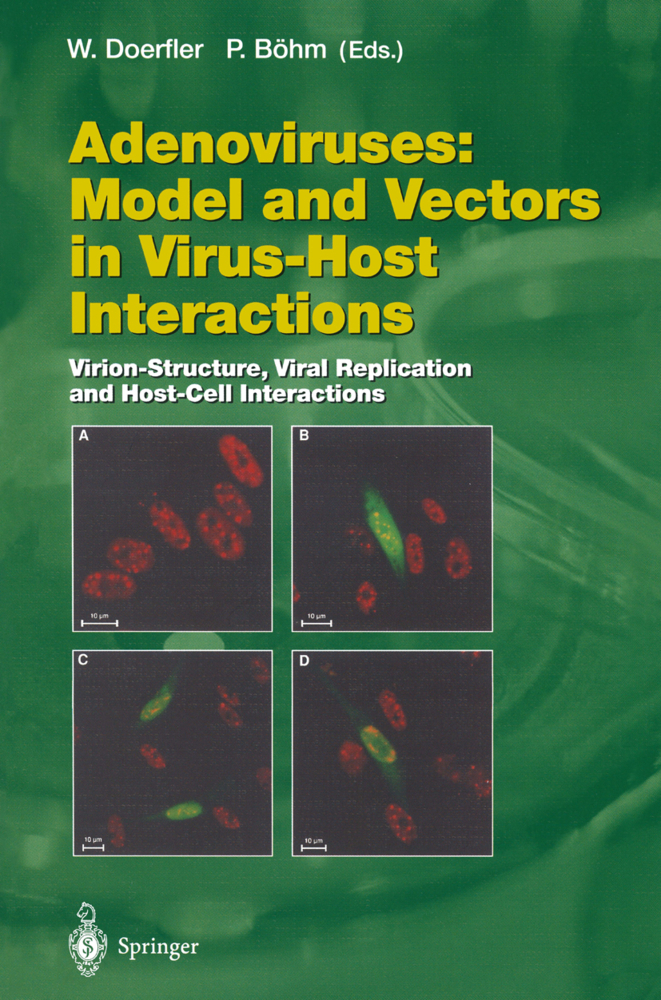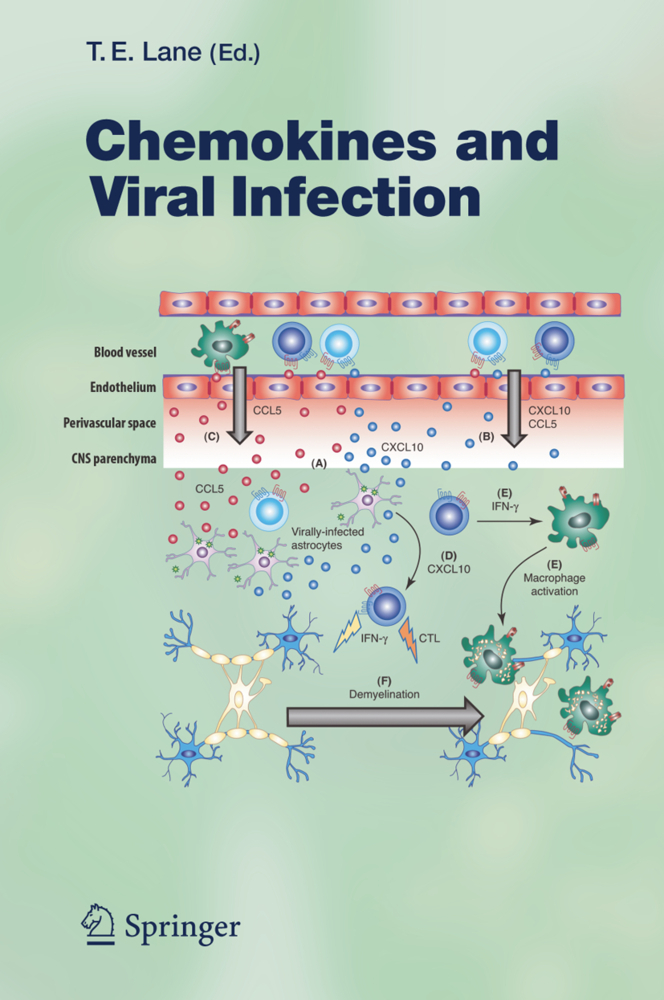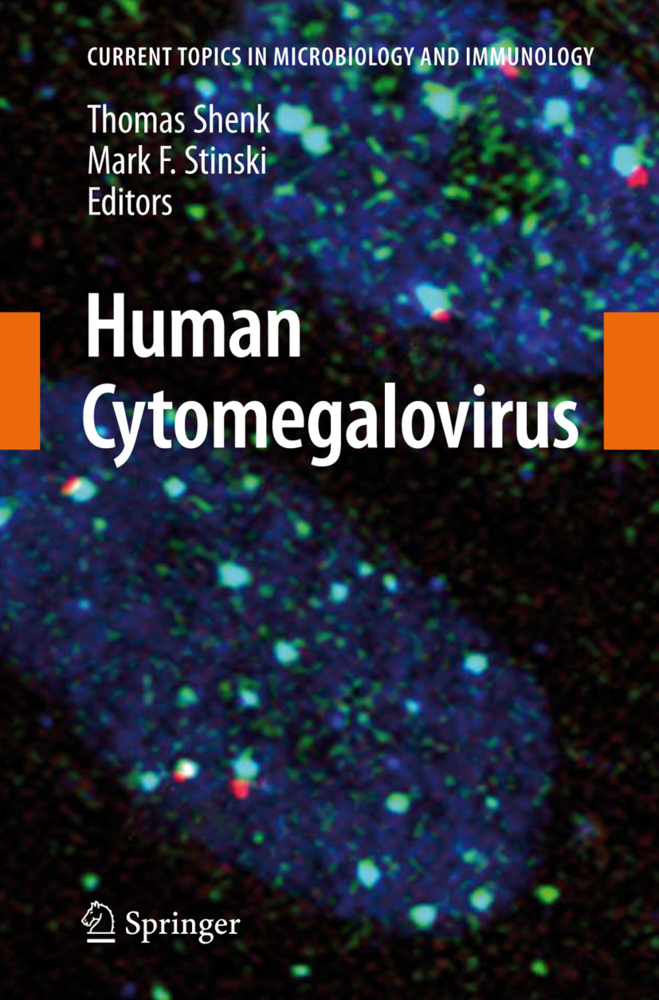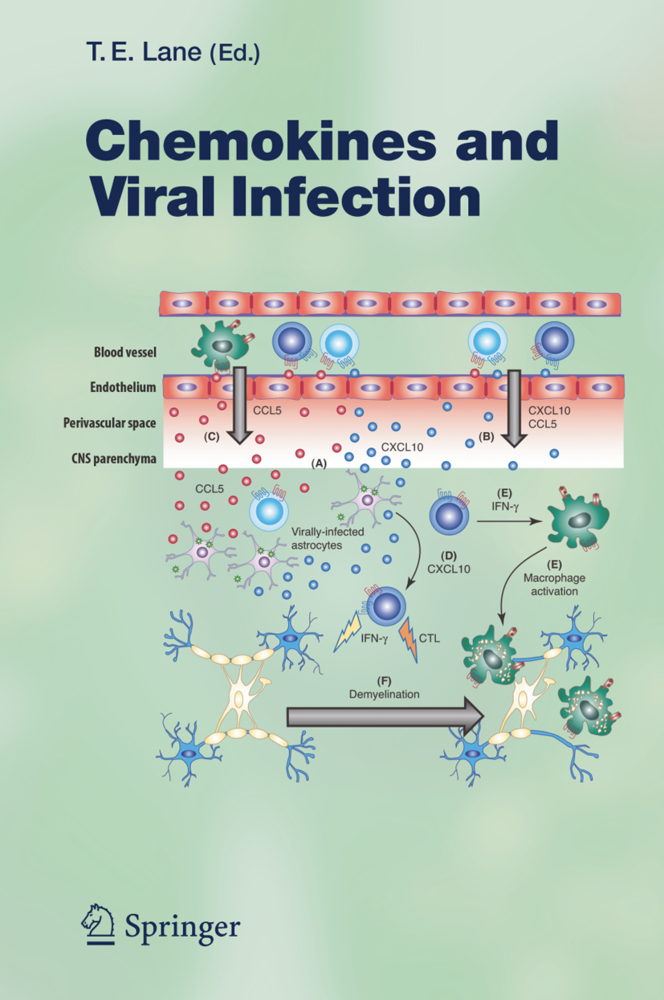Coronavirus Replication and Reverse Genetics
Coronaviruses are the RNA viruses with the largest genome known to date (27 to 32 kb). Members of this virus family affect most domestic animal species, causing important socio-economical losses, and also infect humans. Human coronaviruses were known to cause the winter common cold, a mild infection without important pathological consequences except in immuno-compromised patients. Recently, two new human coronaviruses have emerged, one causing the Severe and Acute Respiratory Syndrome (SARS) that infected more than 8000 individuals, leading to more than 800 deaths in 32 countries. This epidemic mobilized the World Health Organization, which launched travel restrictions to certain parts of the world for the first time in the last 50 years. The fact that coronaviruses, as many other viruses, crossed the species barrier to infect humans has posed a serious challenge to scientists involved in animal and human health. Control of coronavirus-induced diseases can only be the consequence of research on virus molecular biology and pathogenesis. This book contains information on virus genome structure, mechanism of replication and transcription, and the development of tools that make possible reverse genetic studies to understand virus-host interactions and the molecular basis of virus pathogenesis. The book also provides essential information for the development of classical and recombinant vaccines to control coronavirus infections.
1;Preface;5 2;List of Contents;8 3;List of Contributors;9 4;Coronavirus Genome Structure and Replication;10 4.1;1 Introduction;11 4.2;2 Common Features of Genome Structure Among Coronaviruses;12 4.3;3 Cis-Acting RNA Elements in Coronavirus Genome Replication;17 4.4;4 Packaging Signals;26 4.5;5 Minimum Sequence Requirements for ( Autonomous) Genome Replication;27 4.6;6 Importance of Gene Order for Genome Replication;28 4.7;7 Future Directions;30 4.8;References;31 5;Coronavirus Transcription: A Perspective;40 5.1;1 Introduction;41 5.2;2 Discontinuous Transcription by Coronaviruses;44 5.3;3 Kinetics of Plus- and Minus-Strand RNA Synthesis and Sensitivity to Translational Inhibition;50 5.4;4 The Kinetics of Synthesis of the Subgenomic Minus Strands;51 5.5;5 Subgenomic MHV RIs Exist in Infected Cells and Are Transcriptionally Active in mRNA 2-7 Synthesis;52 5.6;6 Characterization of Coronavirus Native RI/TIs and Native RF/TFs;53 5.7;7 Turnover of MHV Replicative/Transcriptive Intermediates;57 5.8;8 A Working Model;59 5.9;References;61 6;The Coronavirus Replicase;66 6.1;1 Introduction;67 6.2;2 Organization and Expression of the Replicase Gene;68 6.3;3 Replicase Polyproteins;70 6.4;4 Subcellular Localization of the Coronavirus Replicase;88 6.5;5 Concluding Remarks;92 6.6;References;92 7;Viral and Cellular Proteins Involved in Coronavirus Replication;104 7.1;1 Introduction;105 7.2;2 Viral Proteins in Coronavirus Replication;108 7.3;3 Cellular Proteins in Coronavirus Replication;118 7.4;4 Perspectives;127 7.5;References;128 8;Coronavirus Reverse Genetics by Targeted RNA Recombination;142 8.1;1 Introduction;143 8.2;2 Coronavirus RNA Recombination;143 8.3;3 Targeted RNA Recombination: Methodology and Technical Issues;146 8.4;4 Targeted RNA Recombination: Spectrum of Applications;154 8.5;5 Conclusions and Future Prospects;161 8.6;References;163 9;Coronavirus Reverse Genetics and Development of Vectors for Gene Expression;170 9.1;1 Introduction;171 9.2;2 Pathogenesis Induced by Group 1 Coronaviruses;173 9.3;3 Engineering Coronavirus Genome;174 9.4;4 Essential Genes Required for TGEV Replication;177 9.5;5 Transcription-Regulating Sequences;179 9.6;6 Expression Systems Based on Group 1 Coronaviruses;186 9.7;7 Coronavirus Vector Cloning Capacity;192 9.8;8 Insertion Site, Stability, and Expression Levels;193 9.9;9 Molecular Basis of Group 1 Coronavirus Tropism;195 9.10;10 Modulation of Coronavirus Vector Virulence;196 9.11;11 Biosafety in Coronavirus-Derived Vectors;197 9.12;12 Conclusions;198 9.13;References;199 10;Reverse Genetics of Coronaviruses Using Vaccinia Virus Vectors;208 10.1;1 Introduction;209 10.2;2 The Use of Vaccinia Virus as a Vector for Coronavirus cDNA;211 10.3;3 Recombinant Coronaviruses;220 10.4;4 Generation of Replicon RNAs;226 10.5;5 Development of Coronavirus-Based Multigene Vectors;230 10.6;6 Discussion;234 10.7;References;235 11;Development of Mouse Hepatitis Virus and SARS- CoV Infectious cDNA Constructs;238 11.1;1 Introduction;239 11.2;2 The Coronavirus Genome;239 11.3;3 Systematic Approaches to Assembling Coronavirus cDNAs from a Panel of Contiguous Subclones;240 11.4;4 Assembling MHV Infectious cDNAs;244 11.5;5 SARS-CoV Infectious Clone;254 11.6;6 Future Applications;255 11.7;References;257 12;Subject Index;262
Enjuanes, Luis
| ISBN | 9783540267652 |
|---|---|
| Artikelnummer | 9783540267652 |
| Medientyp | E-Book - PDF |
| Copyrightjahr | 2005 |
| Verlag | Springer-Verlag |
| Umfang | 257 Seiten |
| Sprache | Englisch |
| Kopierschutz | Digitales Wasserzeichen |

